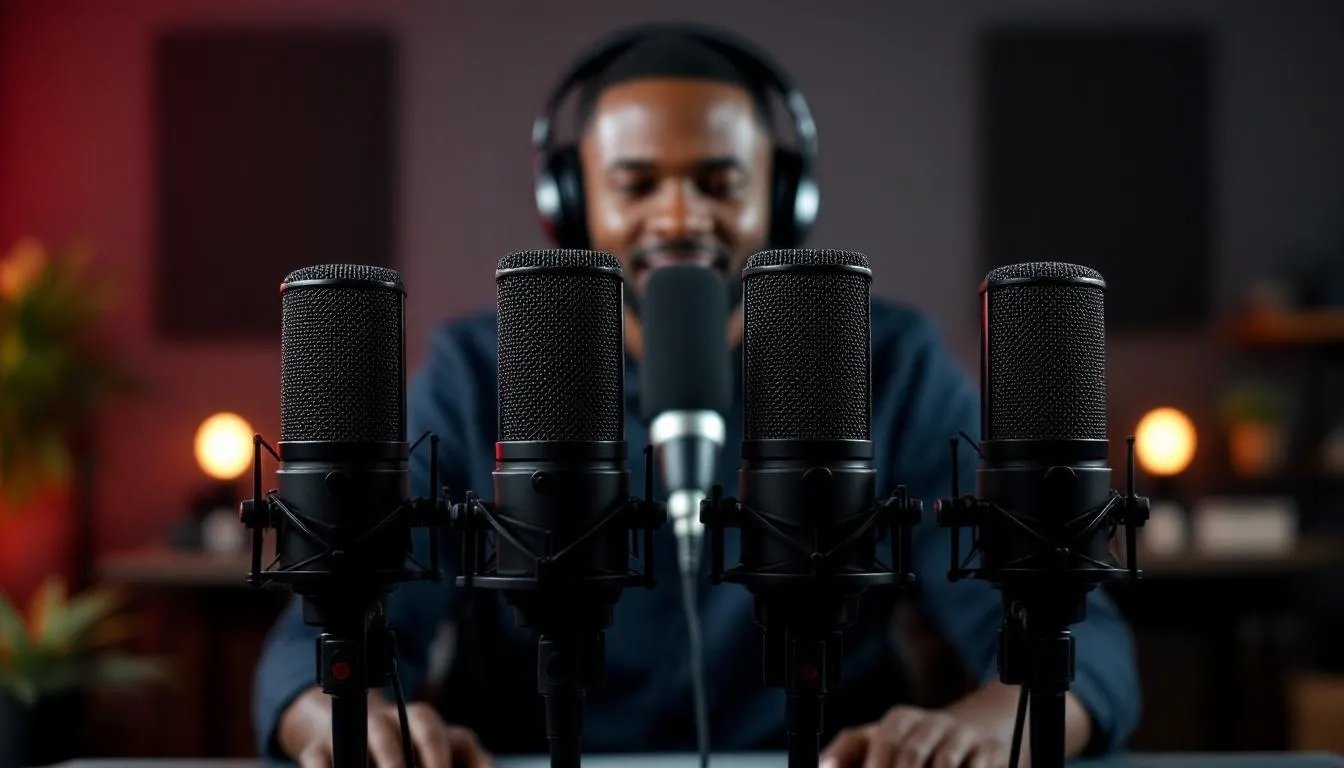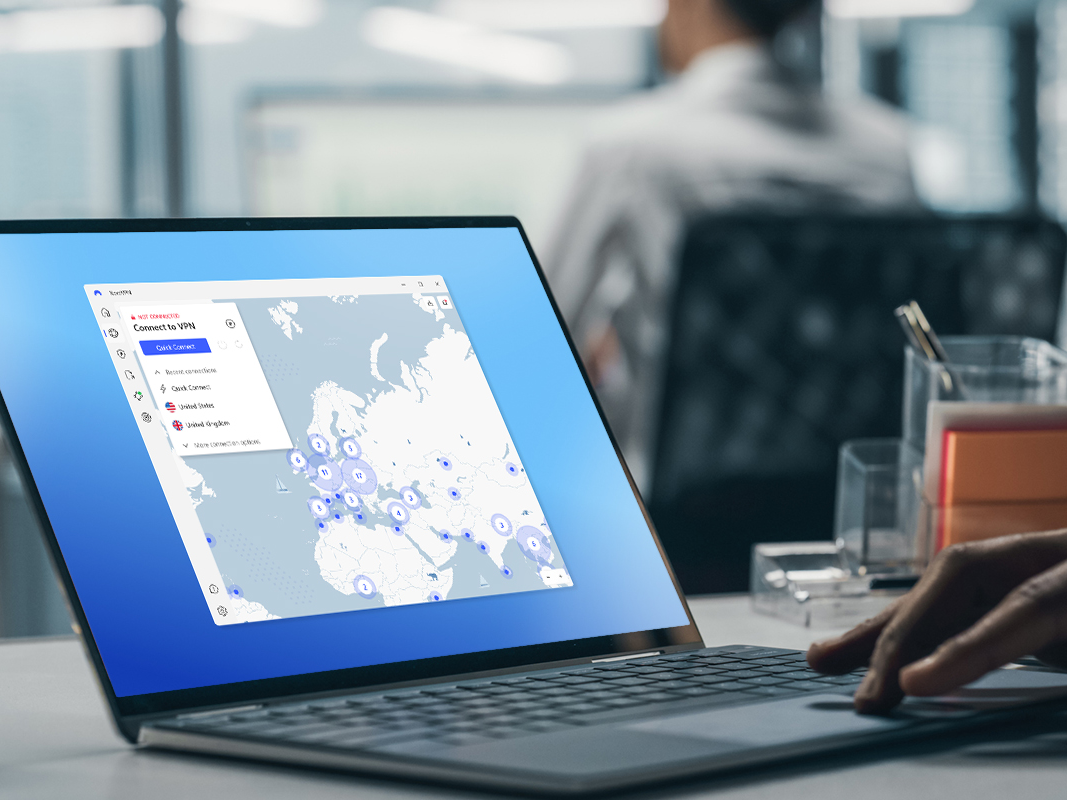In the world of podcasting, audio quality is king. A great microphone can be the difference between a listener hitting “subscribe” and hitting “skip.” While content is paramount, clear, crisp, and professional-sounding audio ensures your message is heard without distraction.
Whether you’re just starting your podcasting journey on a tight budget or looking to upgrade to studio-quality sound, the market offers a vast array of microphones. This guide will help you navigate the best microphones for podcasting in 2025, covering different types, key features, and top recommendations for every budget.
If you’re in need of a camera, check out my recommendatons for the best cameras for podcasting as well.
Why Your Microphone Matters
Your microphone is the primary tool for capturing your voice. A good microphone will:
- Reduce Background Noise: Focus on your voice and minimize ambient sounds.
- Improve Clarity and Richness: Make your voice sound natural, warm, and easy to understand.
- Enhance Professionalism: High-quality audio signals that you care about your craft and your listeners.
Types of Microphones for Podcasting:
Before diving into specific models, it’s essential to understand the main types of microphones and their characteristics:
1. USB Microphones
- Simplicity: Plug-and-play directly into your computer via a USB port.
- Convenience: Often more affordable and portable, ideal for beginners or mobile setups.
- Limitations: Generally offer less flexibility and lower audio quality compared to XLR microphones, as they have built-in analog-to-digital converters that can’t be easily upgraded.
2. XLR Microphones
- Professional Quality: Connect via an XLR cable to an audio interface or mixer, which converts the analog signal to digital.
- Flexibility: Allow for greater control over audio levels, equalization, and the ability to connect multiple microphones.
- Requirement: Requires an additional piece of equipment (audio interface/mixer) with phantom power (for condenser mics).
3. Dynamic Microphones
- Durability: Robust and can handle high sound pressure levels (loud voices, instruments).
- Noise Rejection: Excellent at picking up sound from directly in front of them, making them great for noisy environments or untreated rooms.
- Sound Profile: Often produce a warm, rich sound, popular for broadcasting.
4. Condenser Microphones
- Sensitivity: Highly sensitive and capture a wide frequency range, resulting in detailed and natural-sounding audio.
- Detail: Excellent for capturing nuances in voice and acoustic spaces.
- Environment: Best suited for quiet, acoustically treated rooms due to their sensitivity to ambient noise.
- Power: Typically require “phantom power” (48V) supplied by an audio interface or mixer.
Top Picks for Best Podcasting Microphones 2025:
Best Overall & Professional Grade (XLR):
Shure SM7B (Dynamic):
- ONE MICROPHONE FOR EVERYTHING – Studio Recording, Home Recording, Podcasting & Streaming. The SM7B Is Trusted By The Wor…
- STUDIO VOCAL RECORDING – The SM7B’s Dynamic Cartridge With Smooth, Flat, Wide-range Frequency Response Produces Exceptio…
- PODCAST & BROADCAST – Found In The Top Podcasting Studios Around The World, The SM7B Air Suspension Shock Isolation & Po…
- Why it’s great: The industry standard for broadcasting and podcasting. It offers exceptional sound quality, incredible off-axis rejection (meaning it picks up very little background noise), and a warm, rich tone. It’s built like a tank.
- Considerations: Requires a good audio interface with plenty of gain (or an inline pre-amp like the Cloudlifter CL-1) due to its low output. Higher price point.
Rode Procaster (Dynamic):
- Why it’s great: A strong competitor to the SM7B, offering a similar broadcast-quality sound with excellent noise rejection. It has a higher output than the SM7B, making it easier to drive with a wider range of interfaces.
- Considerations: Still requires an XLR interface.
Electro-Voice RE20 (Dynamic):
- Multifaceted Microphone: The RE20 dynamic cardioid microphone is truly an industry standard, a firm favorite for broadca…
- Venturing into Music: Its popularity also extends into music production as a premium grade instrument microphone
- Smartly Built: Its Variable-D design and heavy-duty internal pop filter excel for close-in voice work, while an internal…
- Why it’s great: Another broadcast legend, known for its “Variable-D” technology that minimizes proximity effect (bass boost when close to the mic). It delivers a clear, natural sound and is very forgiving with mic technique.
- Considerations: Larger and more expensive, requires an XLR interface.
Best USB Microphones (Convenience & Quality):
Rode NT-USB+ (Condenser):
- Professional USB microphone with a studio-grade condenser capsule and premium components
- Ultra-low-noise, high-gain Revolution Preamp for pristine sound without the noise
- High-power headphone output with zero-latency monitoring and versatile controls for hearing yourself clearly as you reco…
- Why it’s great: Offers studio-quality condenser sound with the simplicity of USB. It’s highly versatile, great for vocals, instruments, and general use. The “+” model adds internal DSP for enhanced audio processing.
- Considerations: Sensitive to room acoustics; best in quiet environments.
Blue Yeti X (Condenser):
- Customizable LED lighting – personalize the color of Yeti X’s LED lights to match your on-stream aesthetic
- Multi-function smart knob – easily adjust mic gain, mute and headphone volume, as well as the blend of microphone signal…
- Four-capsule array – capture legendary Blue broadcast sound with greater focus and clarity than ever for professional-le…
- Why it’s great: A popular choice for beginners due to its versatility (multiple polar patterns), ease of use, and good sound quality for its price. The Yeti X improves on the original with a clearer sound and more controls.
- Considerations: Can pick up a lot of room noise due to its sensitivity; a desk stand can transmit vibrations.
Shure MV7 (Hybrid USB/XLR Dynamic):
- OBS CERTIFIED – Top-Tier audio quality and seamless integration with Open Broadcaster Software. Stream confidently with …
- MULTI-COLOR LED TOUCH PANEL – Add vibrant color to your sound with the LED touch panel. Select from 16.8 million hues an…
- QUICK MUTE FUNCTION – Don’t want a constant hot mic? Instantly mute the MV7+ by tapping anywhere on the LED panel.
- Why it’s great: Designed as a more affordable, USB/XLR hybrid alternative to the SM7B. It features both USB and XLR outputs, a built-in headphone jack, and a touch panel for controls. Its voice isolation technology helps reduce background noise.
- Considerations: While good, it doesn’t quite match the SM7B’s full richness.
Best Budget-Friendly Options:
Audio-Technica ATR2100x-USB (Dynamic):
- Handheld dynamic microphone with USB-C digital output and XLR analog output. Durable metal construction for long-lasting…
- USB output connects to your computer (Windows and Mac) for digital recording, while the XLR output connects with your so…
- Built-in headphone jack lets you monitor directly from the microphone with dial on the bottom that allows you to easily …
- Why it’s great: An incredible value, offering both USB and XLR outputs, a built-in headphone jack, and a dynamic capsule that helps with noise rejection. It’s a fantastic starter mic for any aspiring podcaster.
- Considerations: Sound quality is good for the price but not on par with professional-grade mics.
Rode NT-USB Mini (Condenser):
- The NT-USB Mini brings the pristine sound quality of RØDE’s world-class studio mics to a compact, easy-to-use USB microp…
- Features a sound signature tailored specifically to deliver warmth and presence in your recordings and will sound amazin…
- The studio-grade headphone amplifier and high-quality 3.5mm headphone output, complete with precision volume control, al…
- Why it’s great: A compact and affordable USB condenser mic that delivers surprisingly clear and detailed audio. It’s great for small setups and travel.
- Considerations: Very sensitive to room noise, limited features.
Key Features to Look for in a Podcasting Microphone:
- Connectivity (USB vs. XLR): Decide based on your setup. USB for simplicity, XLR for expandability and professional quality.
- Polar Pattern:
- Cardioid: Most common for podcasts, picks up sound primarily from the front, rejecting side and rear noise.
- Omnidirectional: Picks up sound from all directions, useful for group discussions around a single mic (but also picks up more room noise).
- Bidirectional (Figure-8): Picks up sound from front and back, good for two-person interviews across a table.
- Stereo: Captures a wider sound field, less common for voice-only podcasts but useful for ambient sounds or music.
- Frequency Response: A wide and relatively flat frequency response is ideal for capturing the full range of the human voice.
- Build Quality: A durable microphone will last longer and withstand accidental bumps.
- Headphone Jack (for USB mics): Essential for monitoring your audio in real-time to catch issues.
- Gain Control: Allows you to adjust the microphone’s sensitivity.
- Accessories: Look for bundles that include a desk stand, pop filter, and cables. A good pop filter is crucial to reduce plosives (harsh “p” and “b” sounds).
- Shock Mount: Helps to isolate the microphone from vibrations transmitted through the desk or stand.
Conclusion
Investing in a good microphone is one of the most impactful decisions you can make for your podcast. While high-end options like the Shure SM7B offer unparalleled quality, excellent budget-friendly choices like the Audio-Technica ATR2100x-USB or Rode NT-USB Mini can get you started with clear, professional sound.
Consider your budget, recording environment, and future needs when making your choice. With the right microphone, you’ll be well on your way to producing a podcast that sounds as good as its content.











No responses yet